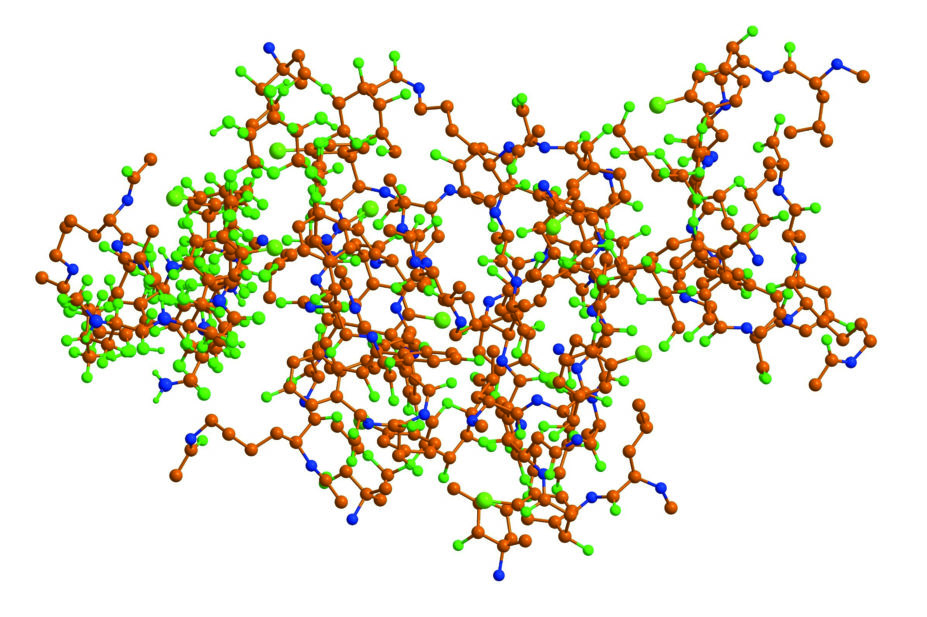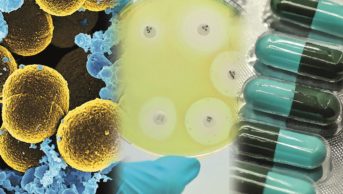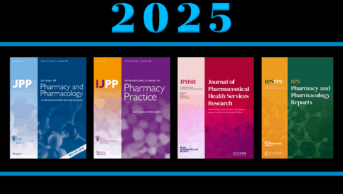
Shutterstock.com
Vancomycin is a highly durable antibiotic to which resistance has only emerged slowly over 60 years of use. But vancomycin-resistant pathogens have now been identified as a major health threat by the World Health Organization.
In research in PNAS
[1]
(online, 30 May 2017), a team developed a modified version of vancomycin including one modification to overcome the molecular basis of vancomycin resistance and two independent modes of action not found in vancomycin.
They showed that these modifications made the antibiotic 25,000-fold more potent against vancomycin-resistant enterococci than vancomycin itself and 1,000-fold more potent than vancomycin against vancomycin-sensitive bacteria. When subjected to a resistance challenge, the modified antibiotic also showed a low propensity to developing resistance.
The results indicate that antibiotics such as this could not just help treat resistant bacterial strains but maintain durability long into the future, the authors conclude.
References
[1] Okano A, Isley N, Boger D. Peripheral modifications of [Ψ[CH2NH]Tpg4]vancomycin with added synergistic mechanisms of action provide durable and potent antibiotics. PNAS 2017. doi: 10.1073/pnas.1704125114


